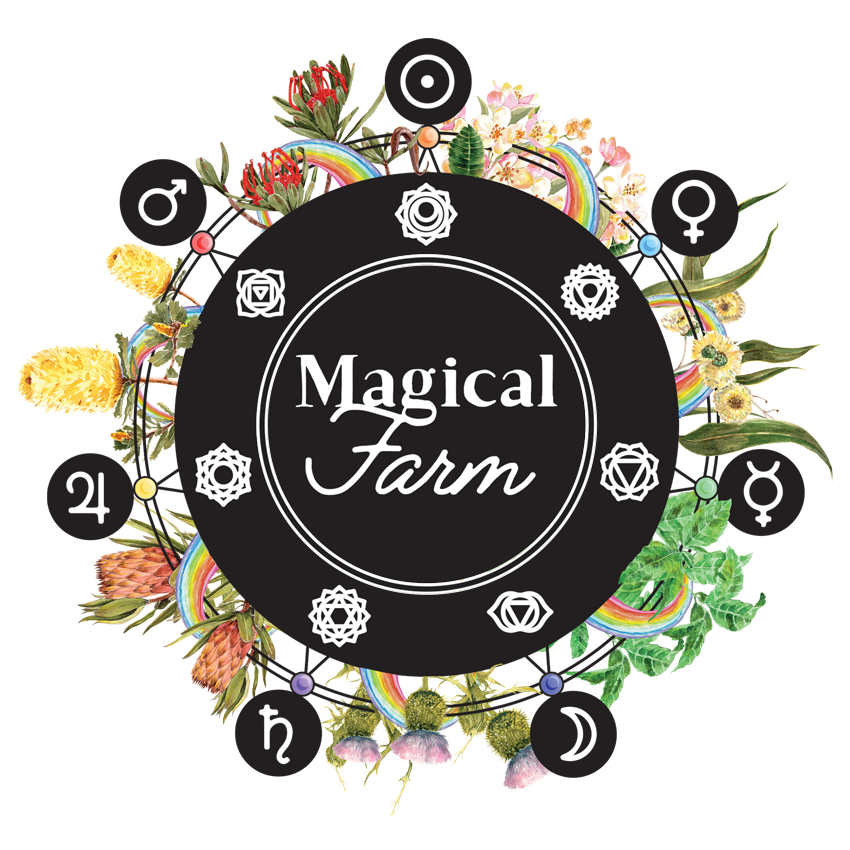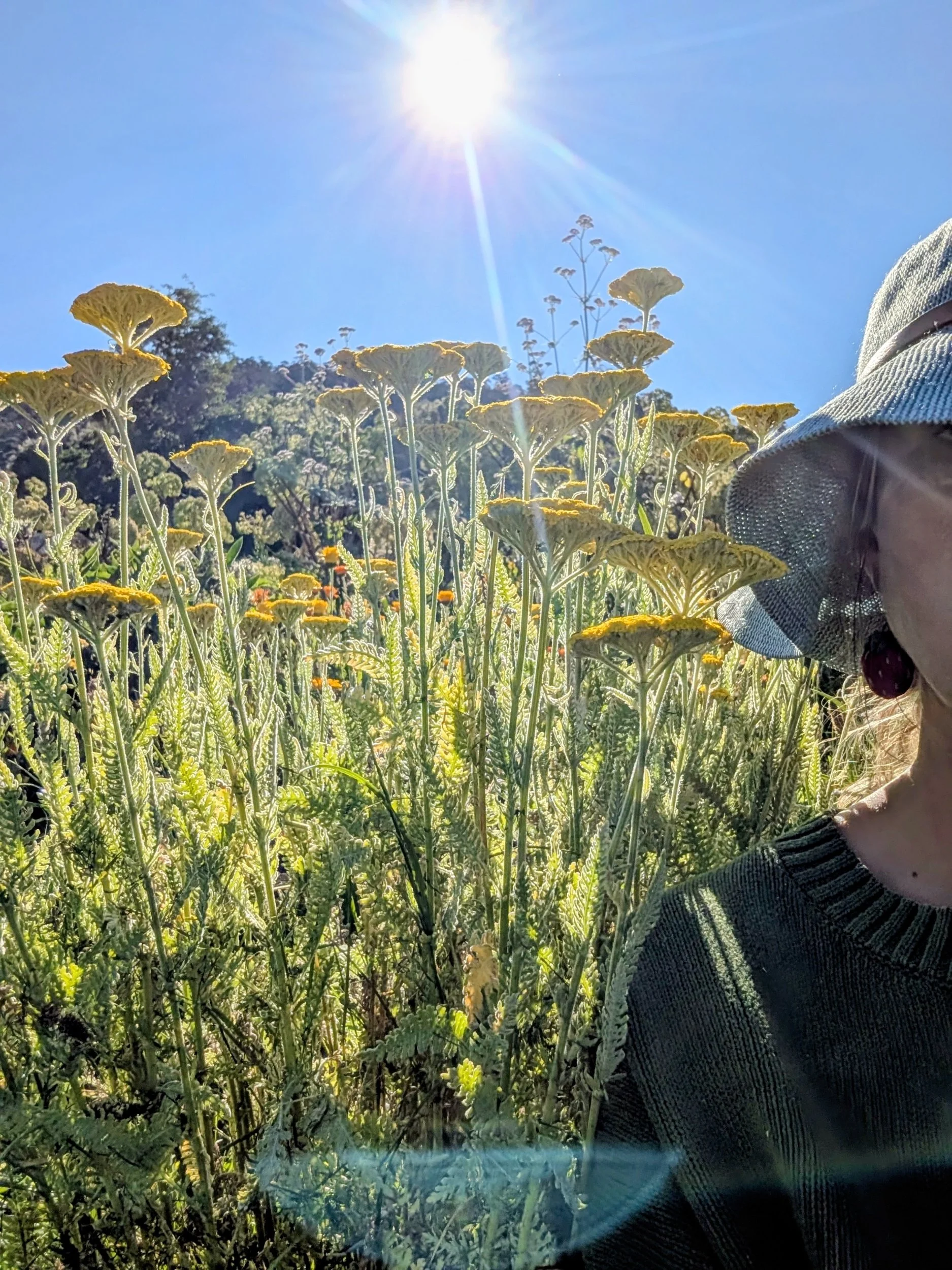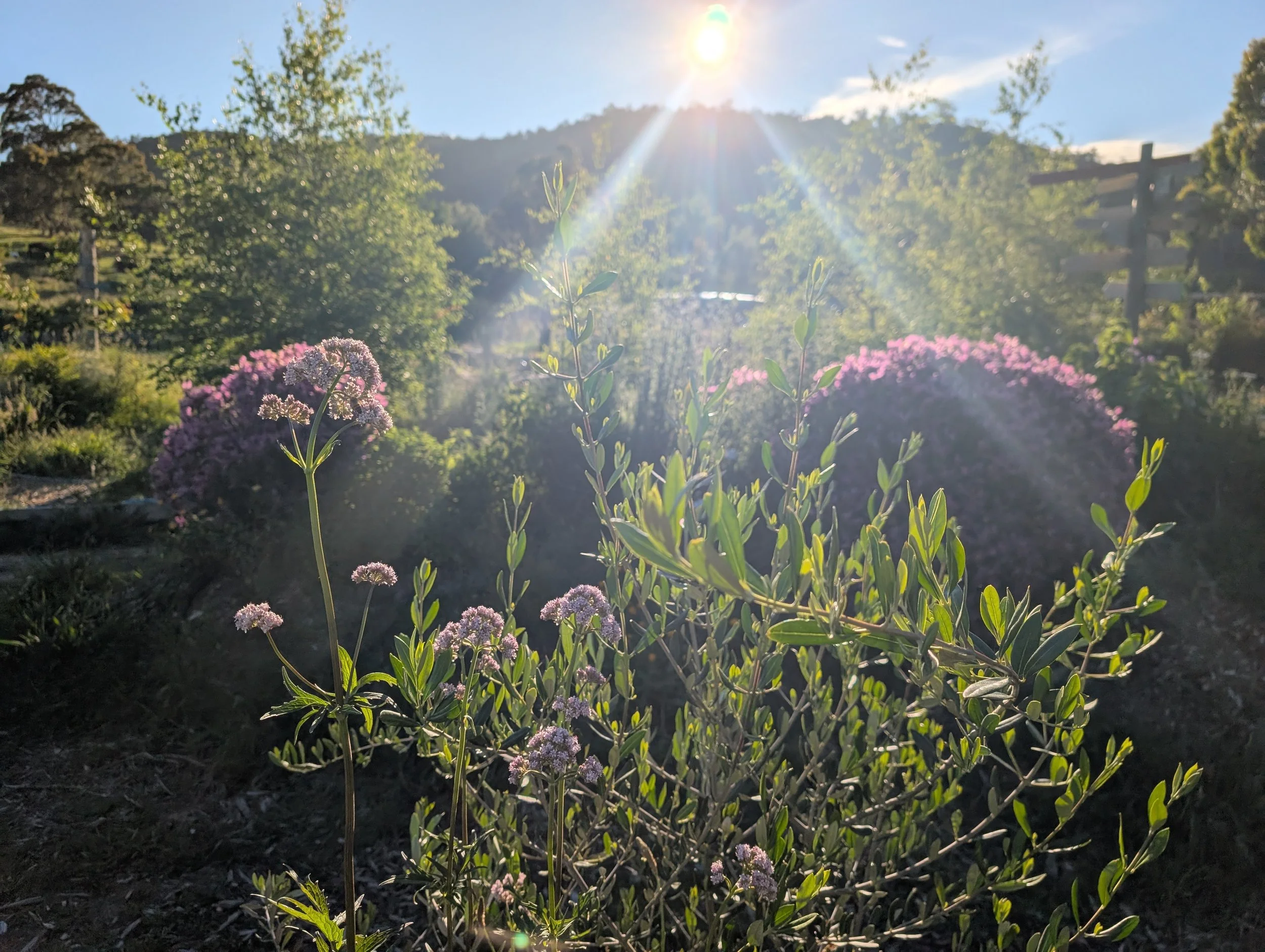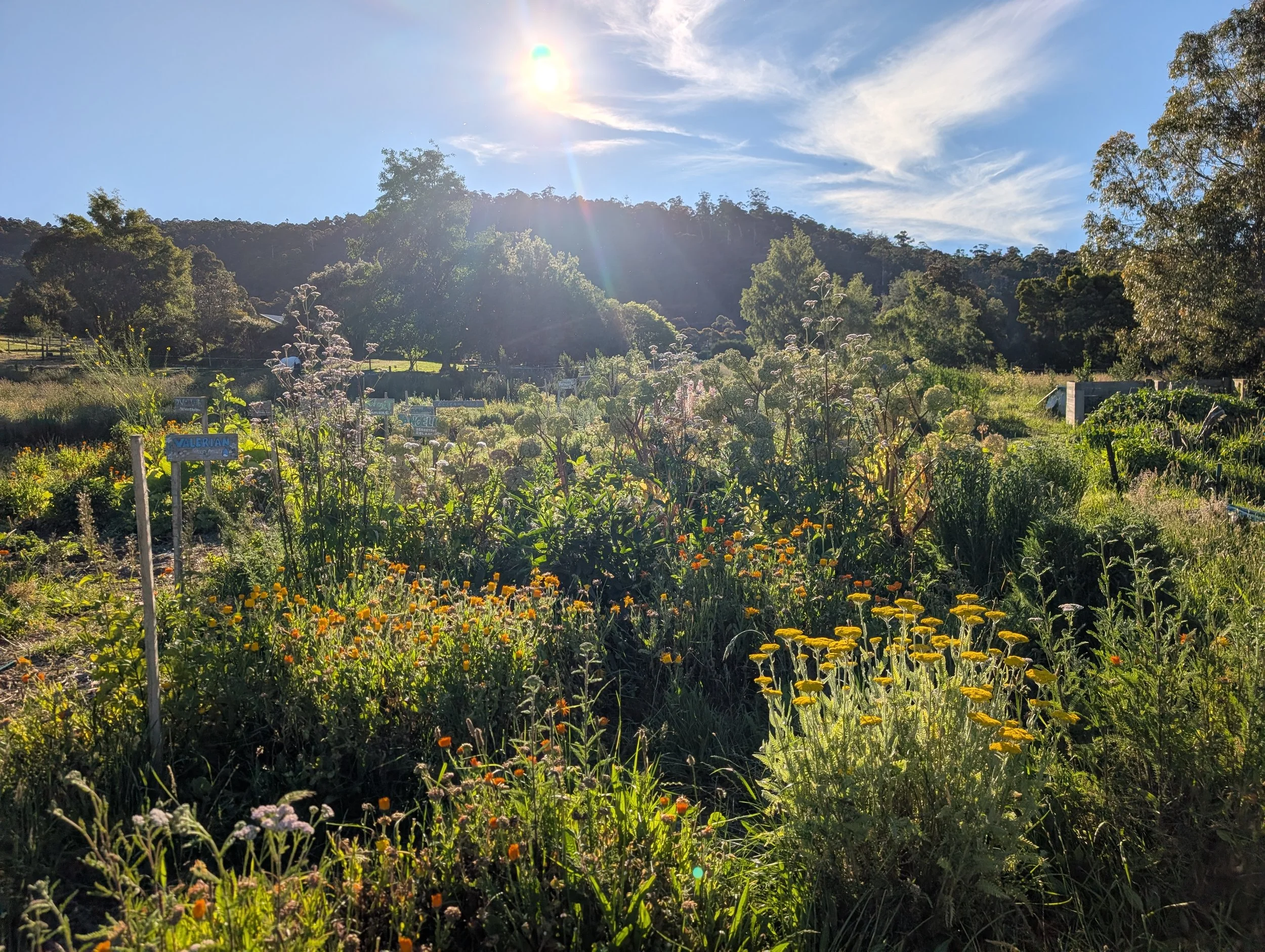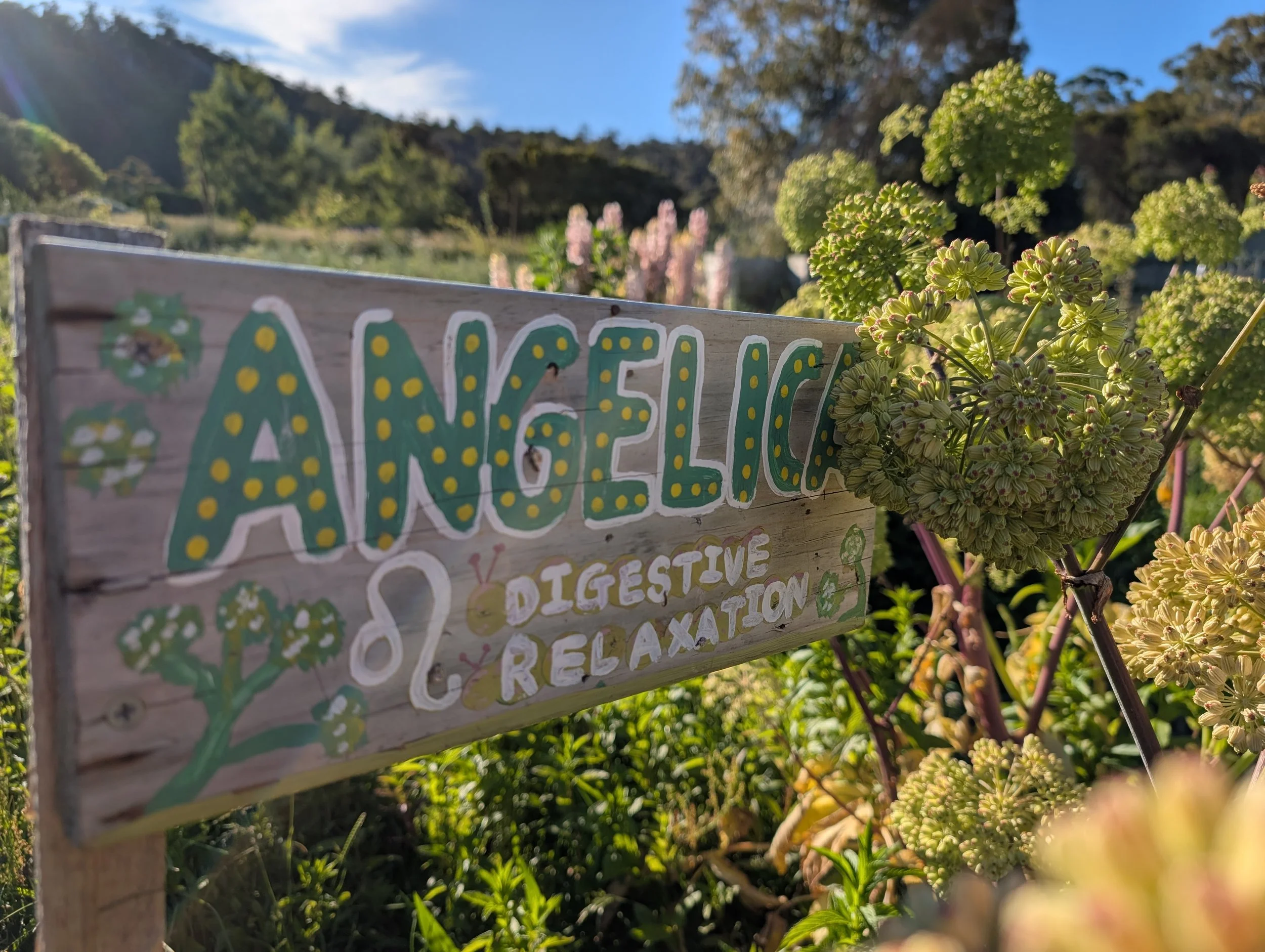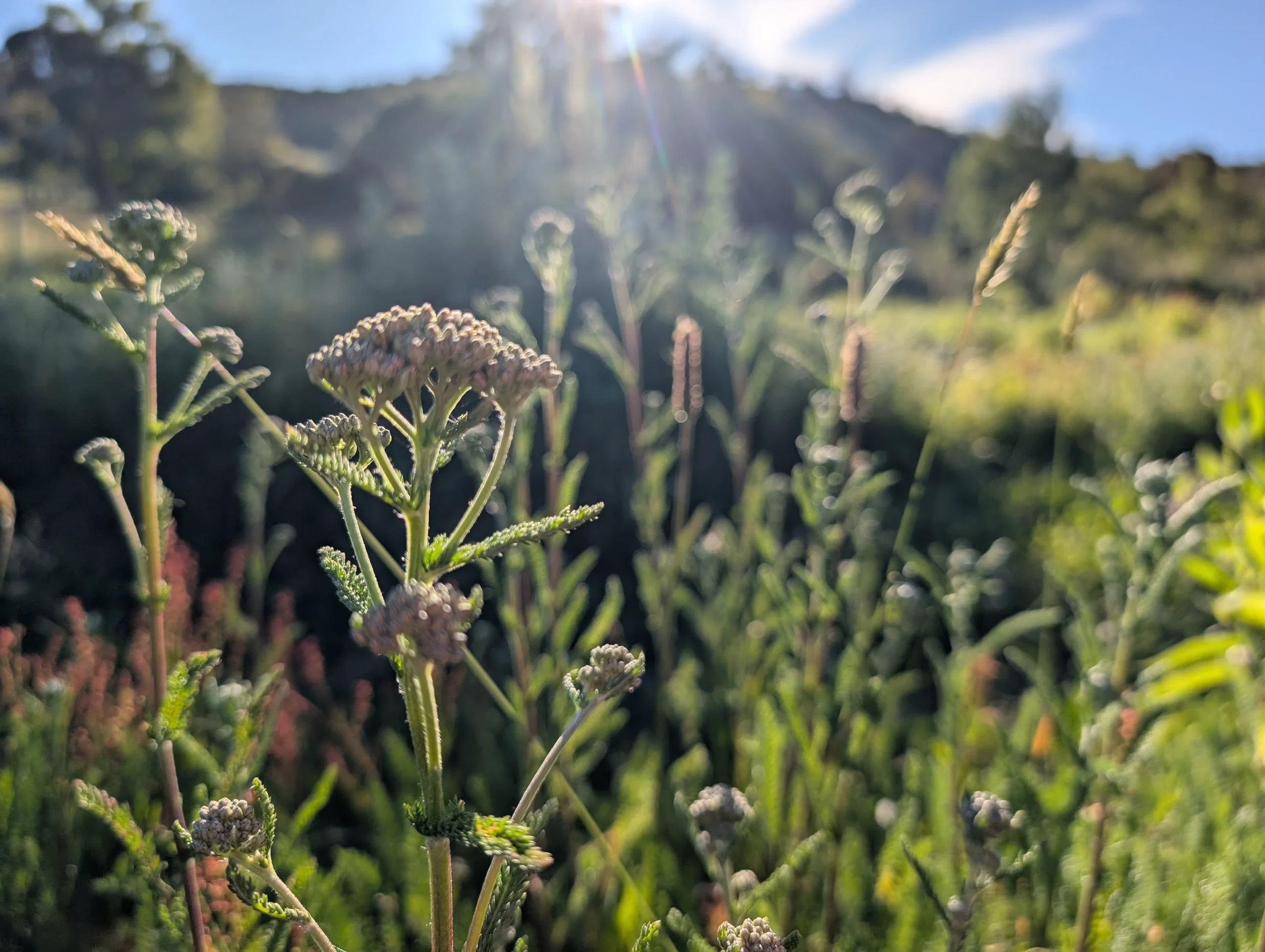The garden holds its breath and listens.
Above, the wanderers shine their slow bright paths.
Below, the rooted ones practice quiet miracles.
Seed becomes promise, stars share stories,
Plants bring nourishment and planets bring belonging.
For a moment, everything remembers it is one.
Summer Solstice Eve at Magical Farm had a beautiful glow. The plants seem almost translucent at the edges, and the whole garden feels like it is participating in something larger than “weather.” A regenenerative farmer once old me ‘5 years’ and it will begin to sing. I felt that the other night and I also felt the magic of life: the plants and planets….
“For me, this season carries a simple invitation to bring the wide view home, in a deeper kind of leadership, where vision becomes something you can live, where the future is built through relationship rather than rhetoric, where the everyday is treated as sacred because it is where nourishment is made real.”
Plants and planets closeness on the tongue feels like a clue, because they carry two gestures that hold a life. A planet is a wanderer, a moving light that travels across the dark, and a plant is something placed, set into earth, rooted and sprouting, spreading its quiet intelligence into soil. Wanderer and rooted one, motion and belonging, horizon and home, and suddenly an interconnected view of life becomes easy to understand because it becomes easy to feel.
Plants are not as still as we imagine, because they travel through seed and pollen, through cuttings carried in a friend’s hands, through compost and wind, through the soft multiplication of life that never needs applause. And planets, for all their wandering, move with patterns that shape our sense of time, offering rhythm and return, reminding us that life is not random but cyclical, ripening, resting, beginning again.
Solstice is one of those special thresholds where everything turns. Where the light reaches its height and then, almost imperceptibly, begins to tilt toward the other half of the year, and that turning lands in the body as much as it lands in the sky. It lands in the kitchen and the conversations we are willing to have, in the way we choose to show up, in the way we decide what matters.
When I say an interconnected view of life, I mean the plain, beautiful chain that is happening all the time. Sun becomes leaf, leaf becomes soil, soil becomes nourishment, nourishment becomes mood, mood becomes choice, choice becomes culture, and culture becomes the way we treat land and each other. On Solstice Eve that chain feels almost touchable, as if the world is briefly showing its inner architecture, and it becomes obvious that renewal doesn’t arrive as an argument, it arrives as a living network of small acts and steady care, a mycelium way, many local threads becoming one shared strength.
So these images and videography are not just a record of a beautiful night, they are a reminder of how life actually works, luminous, ordinary, woven. The wanderers above, the rooted ones below, and us learning, again and again, how to belong to both, how to carry a horizon while tending the ground, how to come home without losing our vision, how to live as if everything is connected because it is.
With love and Con Viv, Dr Demeter x
